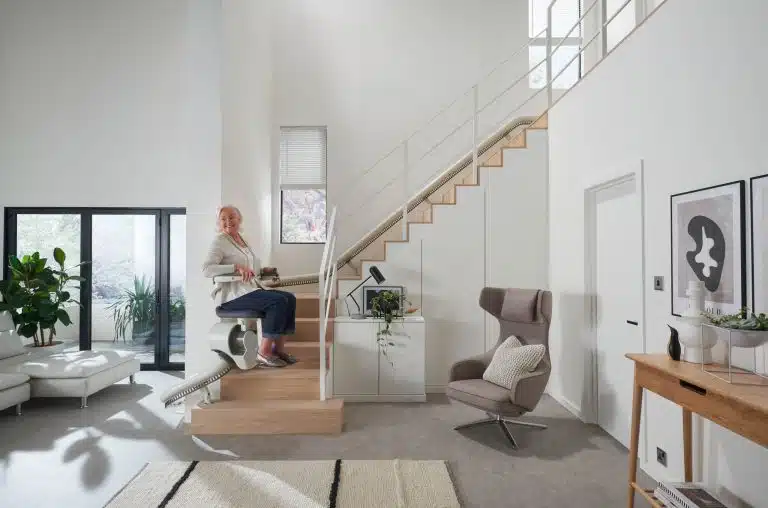
For many seniors or individuals with limited mobility, navigating stairs can be a significant challenge. Whether due to aging, temporary injuries, or chronic conditions, the danger and inconvenience of climbing stairs can’t be underestimated. Fortunately, Stair climbing chair (Silla sube escaleras), also known as stair lifts, have become a trending and practical solution. But how do you find the best option that improves accessibility while ensuring safety? This guide covers the essentials you need to know.
Why Consider a Stair Climbing Chair for Mobility?
Stairs are a leading cause of falls among seniors, with approximately 1 in 4 adults aged 65 and older experiencing falls every year. For those with reduced strength, balance, or flexibility, staircases can present serious risks that compromise independence at home.
A stair climbing chair eliminates these risks by providing a secure, motorized seat to transport individuals up and down stairs. Whether straight, curved, or narrow, there are options tailored to fit most homes. Furthermore, stair climbing chairs aren’t just mobility aids; they’re investments in maintaining freedom and improving quality of life for seniors.
Key Features to Look for in a Stair Climbing Chair
When exploring stair climbing chairs, safety, comfort, and convenience should top your priority list. Below are some essential features to evaluate when choosing the ideal model.
Safety Features
- Seatbelt or Safety Restraint
Always ensure the chair includes a reliable seatbelt to secure the user during transit.
- Emergency Stop Function
An emergency stop mechanism can prevent accidents in case of malfunction.
- Sensor Technology
Modern stair climbing chairs often include sensors to detect obstacles on the stairs. These automatically stop the chair from moving, preventing accidents.
Comfort and Customization
- Padded Seating
Choose a chair with cushioned seating to ensure comfort, especially for prolonged use.
- Swivel Seat
A swivel seat makes getting on and off the chair much smoother and safer, particularly at the top of the stairs.
- Customizable Rail Options
Since staircases differ greatly, the chair must offer options for straight or curved rails to fit the layout of your home.
Ease of Use and Maintenance
- Simple Controls
Look for intuitive controls, such as easy-to-grip joysticks or remotes, that are user-friendly for seniors.
- Battery Back-Up
Ensure the chair can operate during a power outage. Many models come with a battery backup for uninterrupted use.
- Durable Materials
Opt for a model built with long-lasting materials that require minimal maintenance over time.
Tips for Selecting the Right Stair Climbing Chair
- Assess the Layout of Your Stairs
Straight staircases are generally compatible with standard chair lifts, while curved or spiral designs often require custom-made options.
- Consider the Weight Capacity
Most chairs support a range of weights, typically between 250-400 pounds. Ensure you choose a chair that meets the weight requirements of the user.
- Evaluate Budget vs. Features
Basic models will likely cost less but come with fewer features. Determine which safety and comfort features are non-negotiable to narrow your options within your budget.
- Get Expert Installation
A stair climbing chair is an investment that needs to be installed correctly. Rely on a professional installer for proper setup to maximize safety and efficiency.
The Benefits of Investing in Mobility Aid
The right stair climbing chair is more than just a convenience; it’s a tool to maintain independence, boost safety, and enhance daily living. By selecting a model tailored to the user’s needs, seniors and individuals with mobility challenges can access all parts of their homes comfortably and safely.
With advancements in technology and design, stair climbing chairs today are stylish, efficient, and designed to meet modern accessibility needs. Take the time to research, try out models, and consult experts to make the most informed decision.
